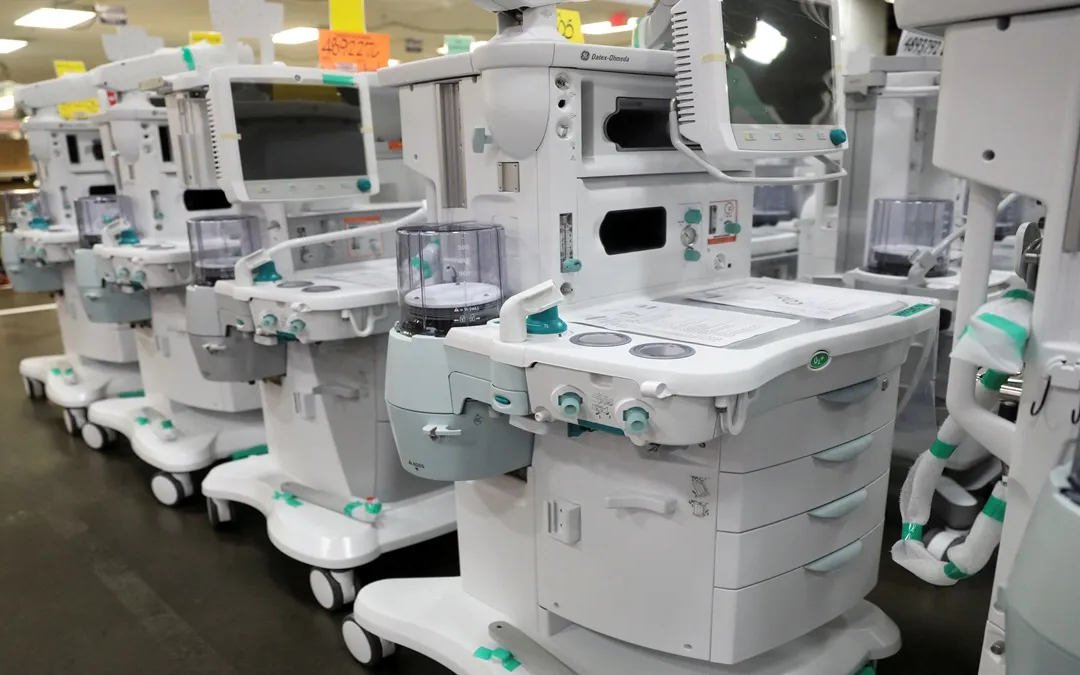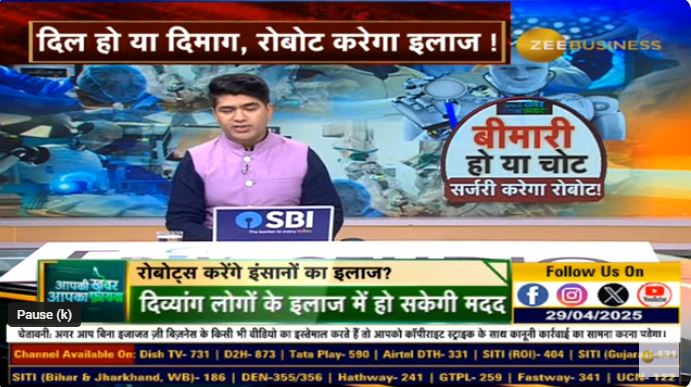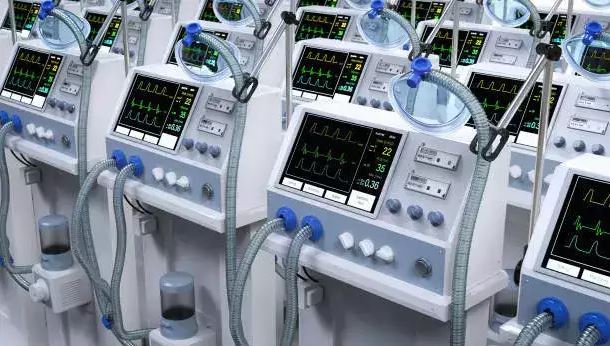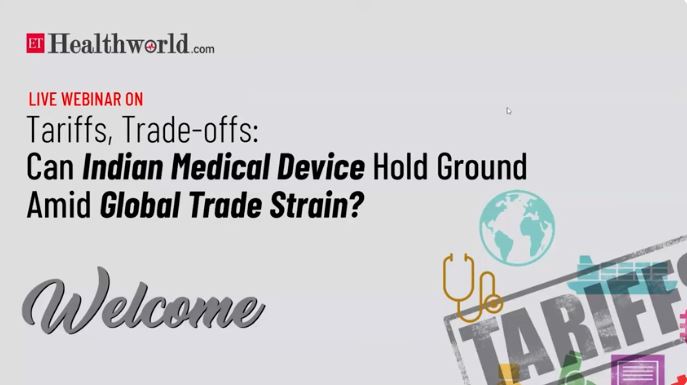Price controls on pharmaceutical formulations and medical devices should be based separate set of rules, as the two are different product categories, a senior government official said, even as a government committee is set to review the decade-old Drug (Prices Control) Order (DPCO), 2013.
Speaking to FE, Arunish Chawla, secretary at Department of Pharmaceuticals (DoP), however sought to assuage the medical devices makers’ fear that the review could result in wider price controls that would cripple the industry.
The committee would take inputs from the medical device associations as “special invitees,” he said. “We will hear their point of view, and only after that will make any recommendations,” said Chawla.
The secretary added that the reason to replace the existing DPCO is to differentiate between the drugs and medical devices segments. “In the old DPCO, the pharma and medical devices were treated in the same way but they are structurally different products”
Drugs have 20-30 years of development cycle whereas medical devices have 3-5 years of development cycle. Drugs are homogeneous, and are approved by clinical trials. On the other hand, devices are heterogeneous, and more often than not, the heterogeneity is non-therapeutic in nature. Also, devices don’t have to be subjected to clinical trials, but only clinical evaluation studies.
“So we need a legal framework that recognises that. In line with the needs of a fast-growing pharma and medtech industry, and to balance drugs availability and affordability, a new framework is required. That is why a committee has been set up,” Chawla said.
On the issue of price ceiling on more medical devices, Chawla said that these are mere speculations.
The medical devices industry has been agitated after the DoP formed a committee to draft a new pricing framework. Pavan Choudary, chairman & director general of Medical Technology Association of India (MTaI) said that the government must think twice before bringing in any price controls on the medical devices. “It will take away the incentives from the companies to invest in the sector. Despite putting a cap on stent prices, the cost of treatment for a patient has not gone down because the hospitals have jacked up other procedural charges. Meanwhile, the medical device companies are languishing,” he said.
In February this year, a parliamentary standing committee on Chemicals and Fertilizers had recommended that the devices which are required for critical care to the patients should be listed under National List of Essential Medicines (NLEM), which is essentially a list of drugs and medical devices on which National Pharmaceutical Pricing Authority (NPPA) can put price caps, on the basis of the prices of the top brands in a given segment.
“The committee strongly recommend that the DoP should take up the matter with NPPA, for inclusion of medium and high-end medical devices which are used for critical care of the patients at highest level with the Ministry of Health and Family Welfare, in public interest,” the report said.
At the moment, just four medical devices (Cardiac stents, drug eluting stents, condoms and intra uterine devices) come under NLEM. In 2017, NPPA had fixed the ceiling price of knee implants to control the exorbitant trade margins under extraordinary circumstances.
Later, a Delhi High Court judgement in 2021 directed NPPA to regulate the prices of certain medical devices. Following the court order, trade margins on oxygen concentrators, pulse oximeter, blood pressure monitoring machine, nebuliser, digital thermometer and glucometer were capped.
SOURCE – Financial Express




